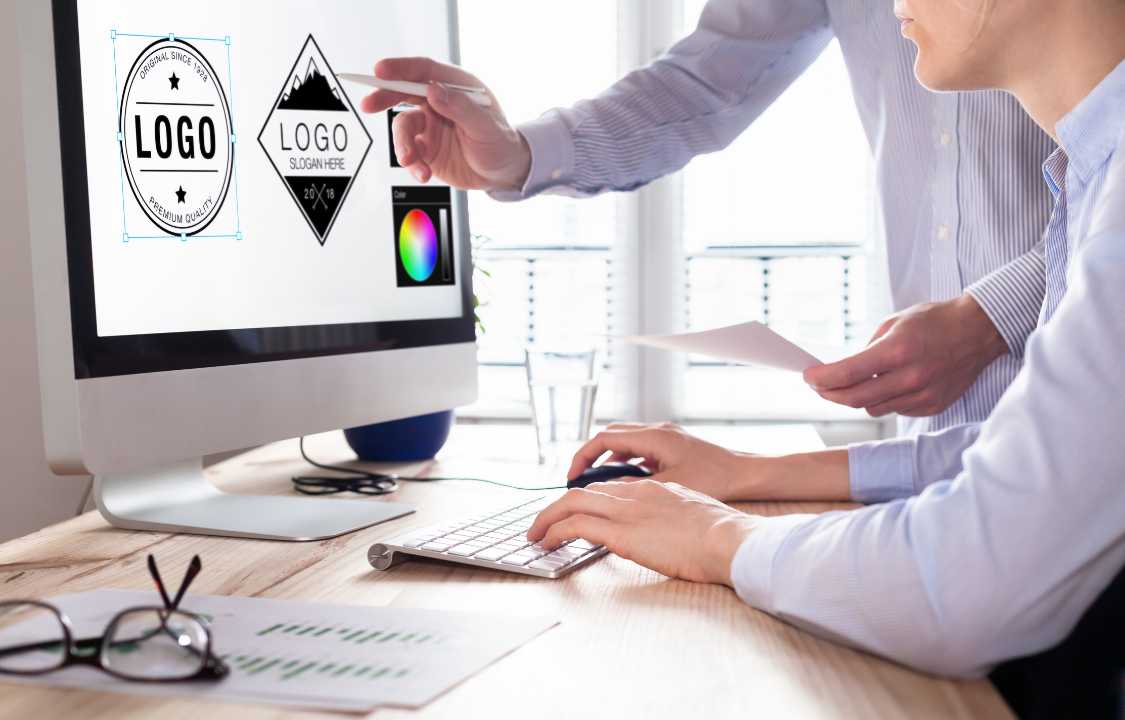Business
Different Types of Logos, Wordmarks, Symbols, and More
Logos serve as the visual cornerstone of a brand’s identity. They are the first point of contact between a business and its audience, encapsulating the essence of the brand in a single image or word. Over the years, various logo styles have emerged, each with its unique characteristics and applications. In this comprehensive article, we will explore different logo styles, including wordmarks, emblems, and everything in between, highlighting their features, advantages, and when to use them in the branding process.
Understanding Logo Styles
1. Wordmarks
Wordmarks, also known as logotypes or lettermarks, are logos that consist purely of text. They utilize stylized typography to represent the brand’s name in a visually appealing and distinctive manner. Wordmarks are effective when a brand name is short, memorable, and unique. Famous examples of wordmarks include Coca-Cola, Google, and FedEx.
Advantages:
- Simplicity: Wordmarks are straightforward and easy to read.
- Memorability: A well-designed wordmark can become instantly recognizable.
- Versatility: Wordmarks can be easily adapted to various sizes and media.
When to Use:
- For Distinctive Brand Names: If the brand name is unique and memorable, a wordmark can be highly effective.
- To Create a Strong Typographic Identity: When typography itself plays a significant role in the brand’s identity.
2. Emblems
Emblems combine text and imagery within a single cohesive design. The text is usually integrated into the graphic element, creating a unified and intricate logo. Emblems are often used to convey tradition, prestige, and heritage. Examples include Harley-Davidson, Starbucks, and BMW.
Advantages:
- Symbolic Representation: Emblems can symbolize the brand’s values, history, or products effectively.
- Classic Appeal: Emblems often have a timeless and classic aesthetic, making them suitable for heritage brands.
- Detailing: Emblems allow for intricate detailing and storytelling within the logo design.
When to Use:
- For Heritage Brands: Emblems can convey a sense of tradition and history, making them suitable for established and heritage brands.
- When Symbolism is Key: If the brand wants to convey specific meanings or values through symbols and icons.
3. Lettermarks
Lettermarks are logos comprised of the initials or abbreviations of a brand. They focus on typographic creativity to represent the brand succinctly. Famous examples include IBM, NASA, and HBO.
Advantages:
- Simplicity: Lettermarks simplify a long brand name or complex message into a concise form.
- Recognition: If the initials are widely recognized, lettermarks can be highly memorable.
- Professionalism: Lettermarks often exude professionalism and a corporate vibe.
When to Use:
- For Long Brand Names: When the brand name is long and using it in its entirety would be cumbersome.
- For Brand Recognition: If the initials are already well-known or commonly associated with the brand.
4. Pictorial Marks
Pictorial marks, also known as logo symbols or brand marks, are graphic icons or symbols that represent the brand without the use of text. Pictorial marks are highly visual and rely on a unique image to convey the brand’s identity. Notable examples include the Apple logo, Twitter bird, and the Nike Swoosh.
Advantages:
- Simplicity: Pictorial marks distill the brand essence into a simple, memorable visual.
- Versatility: They are versatile and can be used across various media and contexts.
- International Appeal: Pictorial marks can transcend language barriers, making them universally understood.
When to Use:
- When Simplicity is Key: If the brand essence can be captured in a simple, iconic image.
- For Global Reach: When the brand needs to appeal to diverse international audiences.
5. Abstract Logos
Abstract logos use non-representational, abstract shapes and forms to symbolize the brand. These logos do not represent anything tangible but instead rely on artistic and conceptual elements. Famous examples include the Pepsi globe, Adidas logo, and the BP Helios.
Advantages:
- Uniqueness: Abstract logos are often highly unique and stand out in the market.
- Interpretation: Viewers can interpret abstract logos in various ways, allowing for a range of meanings.
- Flexibility: Abstract logos offer creative freedom and can be adapted to different brand contexts.
When to Use:
- When Creativity is a Priority: If the brand wants to convey a sense of creativity and innovation.
- To Evoke Emotion: Abstract logos can evoke emotions and feelings without being tied to specific objects or concepts.
6. Combination Marks
Combination marks incorporate both text and a symbol, allowing for a balanced integration of typography and imagery. In combination marks, the text and symbol can be separate but complementary elements within the same logo. Examples include McDonald’s, Burger King, and Doritos.
Advantages:
- Versatility: Combination marks offer the flexibility of using the text and symbol together or separately, depending on the context.
- Brand Reinforcement: The combination of text and symbol reinforces the brand identity and increases memorability.
- Scalability: Combination marks are versatile and can be scaled up or down without losing clarity.
When to Use:
- For Balanced Representation: When both the text and symbol play crucial roles in the brand identity.
- For Comprehensive Branding: Combination marks are ideal for brands that want a comprehensive representation of their identity.
In the diverse world of logo design, each style offers unique advantages and applications. Choosing the right logo style for a brand depends on its identity, target audience, and the message it aims to convey. Whether it’s the simplicity of a wordmark, the symbolism of an emblem, or the creativity of an abstract logo, the chosen style should align seamlessly with the brand’s essence and goals. By understanding the characteristics and contexts of different logo styles, businesses can make informed decisions that elevate their brand identity and leave a lasting impression on their audience.

